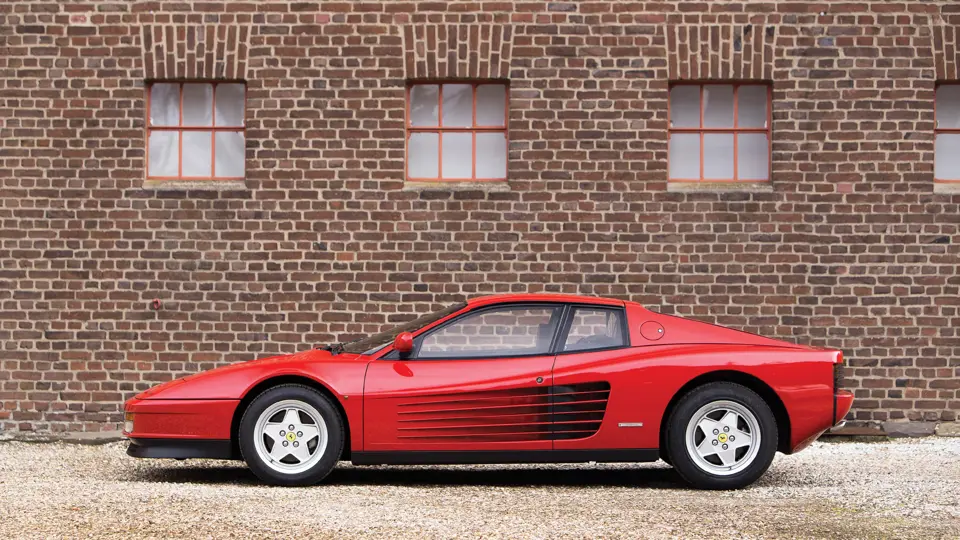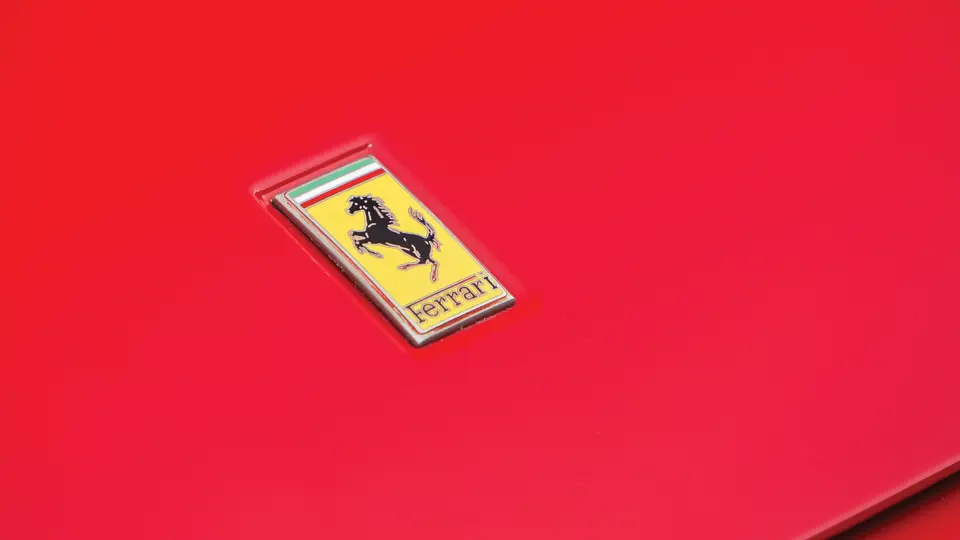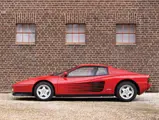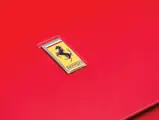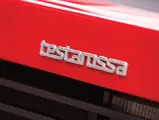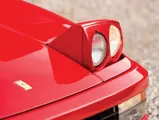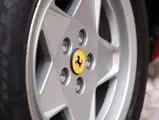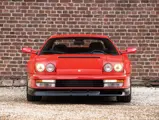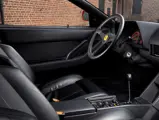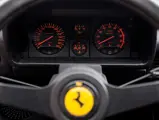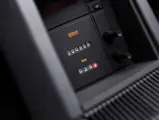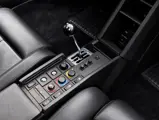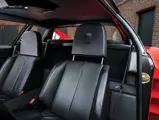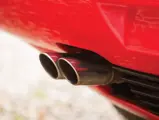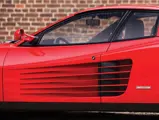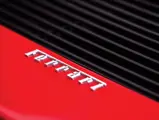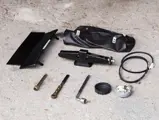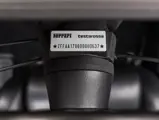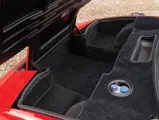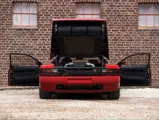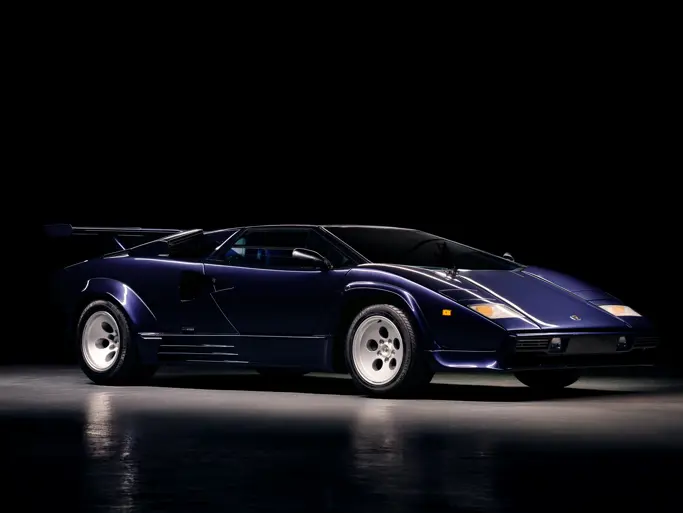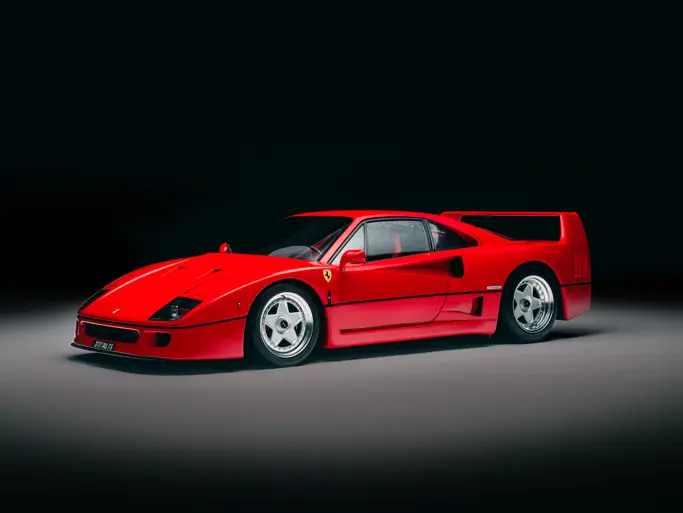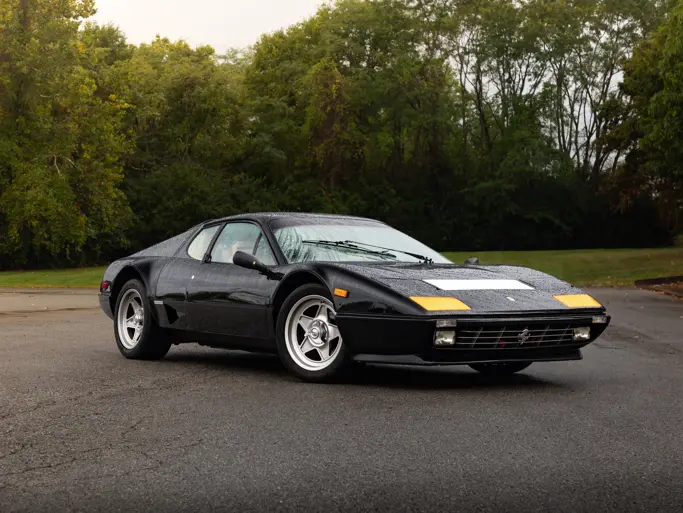
1989 Ferrari Testarossa
{{lr.item.text}}
€190,400 EUR | Sold
{{bidding.lot.reserveStatusFormatted}}
- Less than 1,000 kilometres since new
- Documented inspection by Kukuk in Germany
- Presented in virtually as-new condition including its original books
- Moins de 1 000 km d'origine
- Inspection documentée, par Kukuk, en Allemagne
- Présentée dans un état virtuellement neuf
380 bhp, 4,943 cc DOHC horizontally opposed 12-cylinder engine with Bosch K-Jetronic fuel injection, five-speed manual transmission, four-wheel independent suspension with double wishbones, coil springs, and telescopic dampers, and four-wheel disc brakes. Wheelbase: 2,550 mm
Moteur 12-cylindres à plat opposés, 4 943 cm3, 2 ACT par banc, injection Bosch K-Jetronic, 380 ch, transmission manuelle cinq rapports, suspension à quatre roues indépendantes par doubles triangles, ressorts hélicoïdaux et amortisseurs télescopiques, freins à disques sur les quatre roues. Empattement 2 550 mm.
Using the word “dramatic” to explain the styling of the new Ferrari Testarossa upon its premiere at the 1984 Paris Motor Show would have been an understatement. For many, it was the perfect amount of drama, and the Testarossa was considered to not only be an instant classic but also the car that defined its decade. Of course, as a new Ferrari, the Testarossa did not disappoint in terms of performance and overall driving pleasure either.
Engineers were able to squeeze out an additional 40 horsepower over the outgoing 512 BBi, which greatly helped to improve performance. This was done by redesigning the flat 12-cylinder engine to allow for four valves per cylinder. The Testarossa could reach a top speed of 180 mph, and its 0–60 time of 5.8 seconds will still easily keep up with most modern cars on the road today. The Testarossa also received a new clutch, helping to manage power at the rear wheels. Understanding that the Testarossa also needed to be a comfortable place to be in whilst travelling at speed, Ferrari increased the wheelbase by 2.5 inches and the width by nearly six inches, giving the car a more menacing stance as well as more interior room and luggage space.
Delivered new to Germany in 1989, this car has travelled approximately 960 kilometres since then and is presented in virtually as-new condition. Chassis number 80637 has undergone a thorough inspection (a report for which accompanies the car) by Klaus Kukuk of Overath, Germany, detailing its “perfect” condition and originality.
The embodiment of Italian style and a design that will be called revolutionary for the rest of time, the Testarossa’s importance to the history of Ferrari and automotive design as a whole cannot be understated. For those who coveted the Testarossa when they were young, this offering represents an incredible opportunity to fulfil that childhood dream.
Choisir le mot "spectaculaire" pour qualifier le style de la nouvelle Ferrari Testarossa lors de sa présentation au Salon de Paris 1984 aurait été trop faible. Pour beaucoup, la Testarossa allait au-delà de ce terme ; elle était non seulement considérée immédiatement comme une classique, mais aussi comme la voiture qui allait définir la décennie. Bien sûr, s'agissant d'une nouvelle Ferrari, la Testarossa ne décevait ni en termes de performances, ni de sensations de conduite.
Les ingénieurs avaient réussi à obtenir du moteur 40 ch de plus que sur sa devancière, la 512 BBi, ce qui permettait d'améliorer les performances. Ce résultat était obtenu en modifiant le 12-cylindres à plat avec une distribution à quatre soupapes par cylindre. La Testarossa pouvait atteindre 290 km/h en pointe et passer de 0 à 100 km/h en 5,8 secondes, ce qui lui permet aujourd'hui de tenir tête encore facilement aux voitures modernes. La Testarossa recevait aussi un nouvel embrayage, ce qui facilitait la transmission de puissance aux roues arrière. Ferrari avait également compris que la Testarossa devait offrir un espace confortable pour ses utilisateurs, si bien que l'empattement avait été allongé de 6 cm et la largeur de presque 15 cm. Ces modifications donnaient à la voiture une allure plus agressive, tout en apportant aux occupants un habitacle plus spacieux.
Livrées neuve en 1989, cette voiture a couvert depuis environ 960 km, et elle se présente dans un état virtuellement neuf. Ce châssis n°80637 a bénéficié d'une inspection détaillée (dont le rapport fait partie du dossier), effectuée par Klaus Kukuk, d'Overath, en Allemagne ; il y mentionne l'état d'origine "parfait" de la voiture.
Incarnant le style italien et dotée d'une forme qui sera toujours qualifiée de révolutionnaire, l'importance de la Testarossa dans l'histoire de Ferrari et du design automobile ne saurait être sous-estimée. Pour ceux qui admiraient la Testarossa lorsqu'ils étaient jeunes, cet exemplaire représente une incroyable opportunité de satisfaire ce rêve d'enfant.

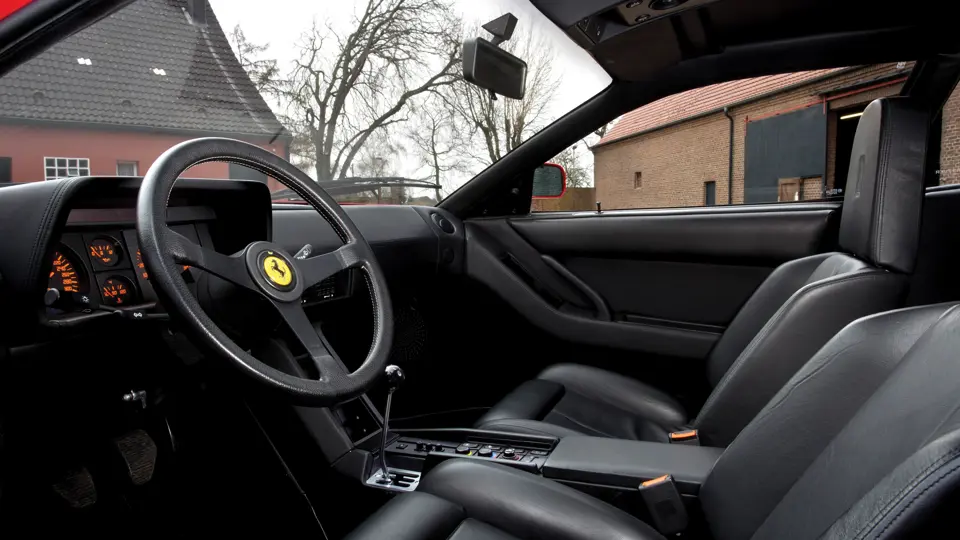



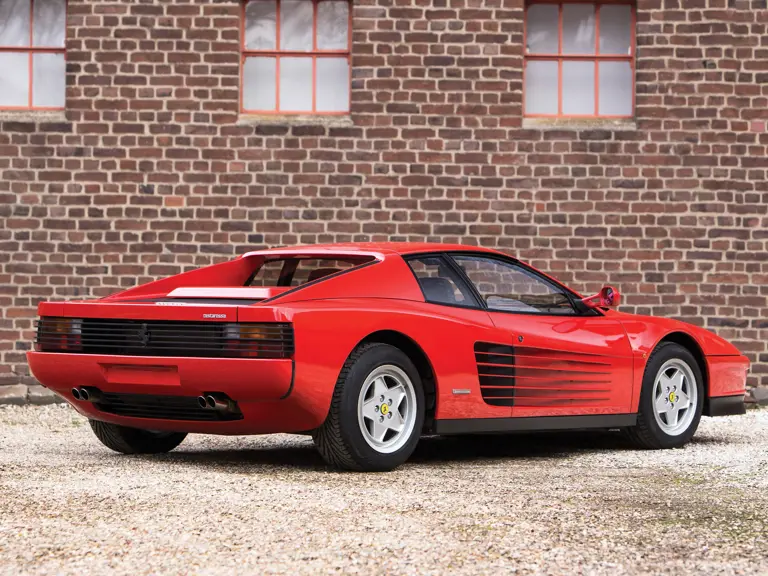
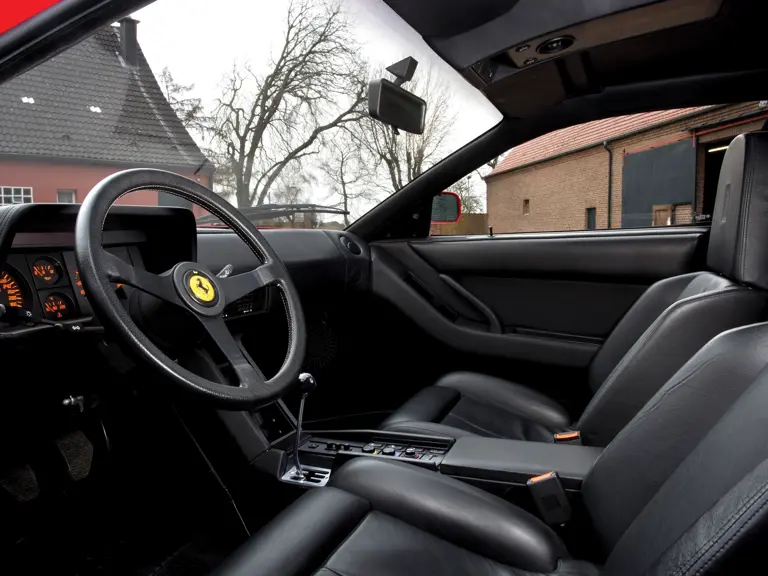
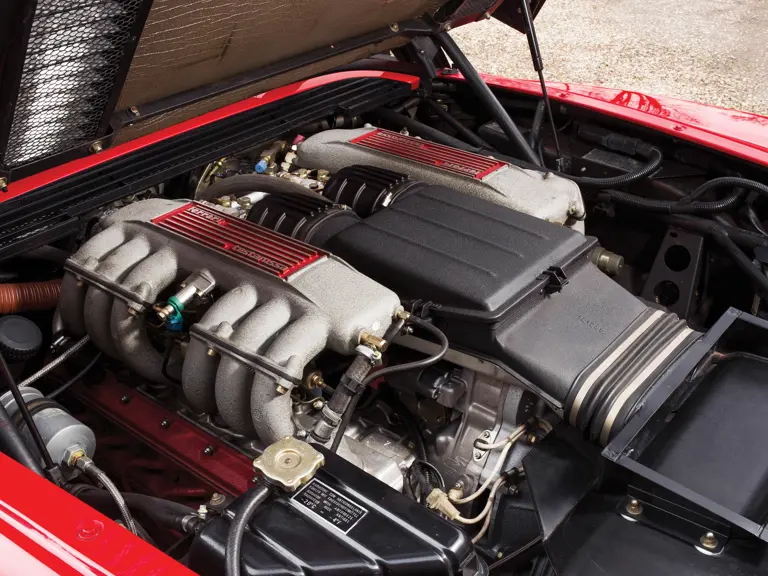

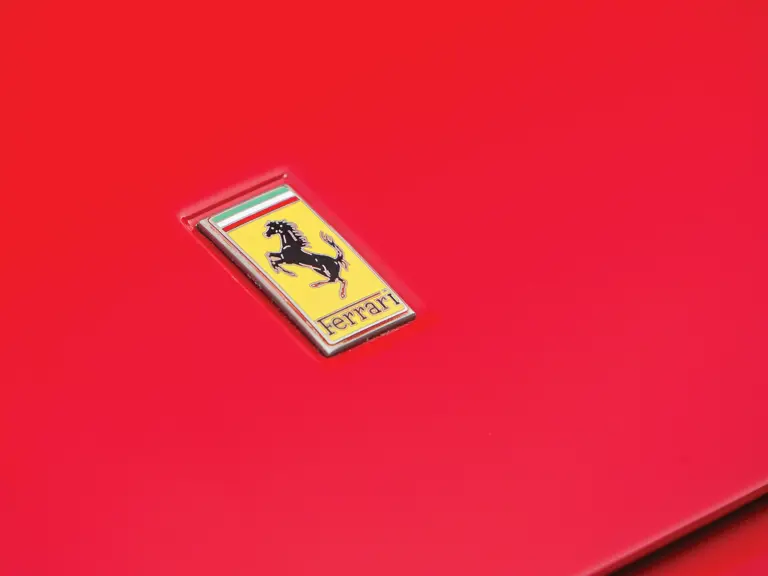
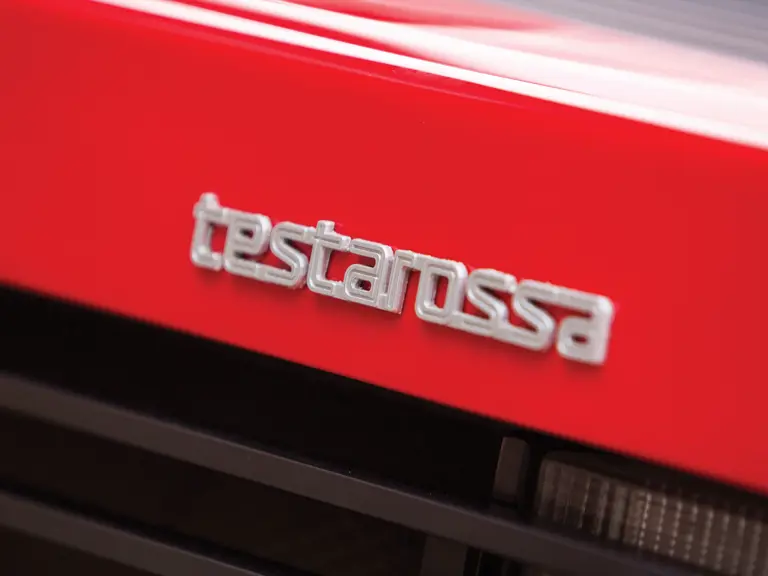
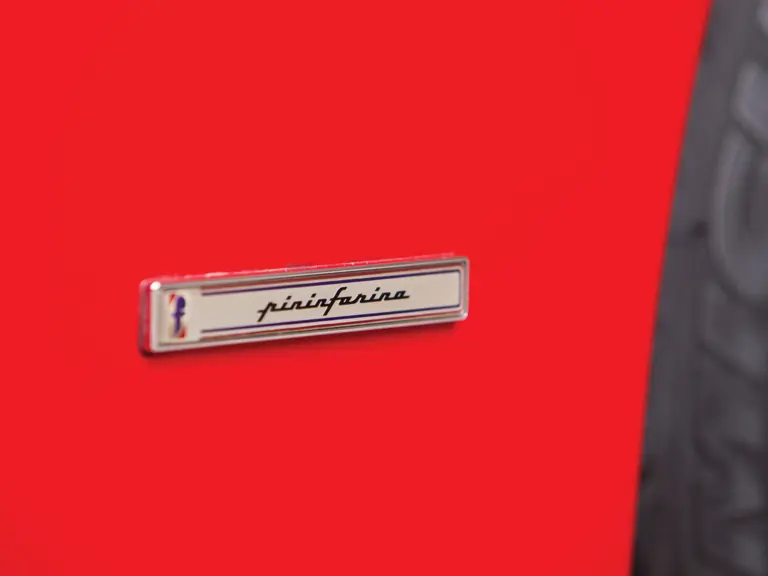
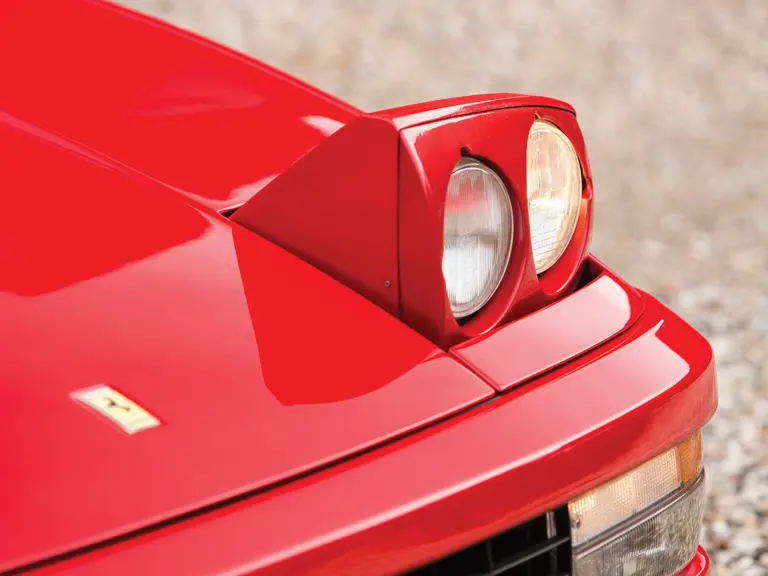
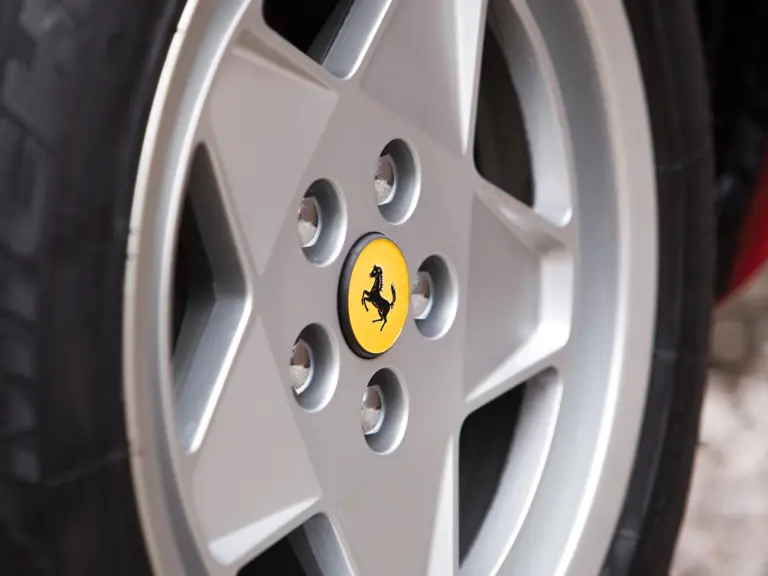
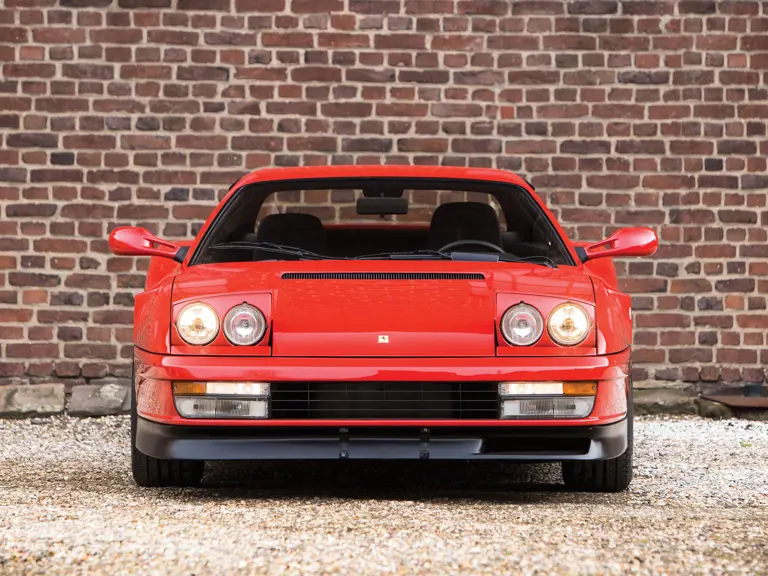

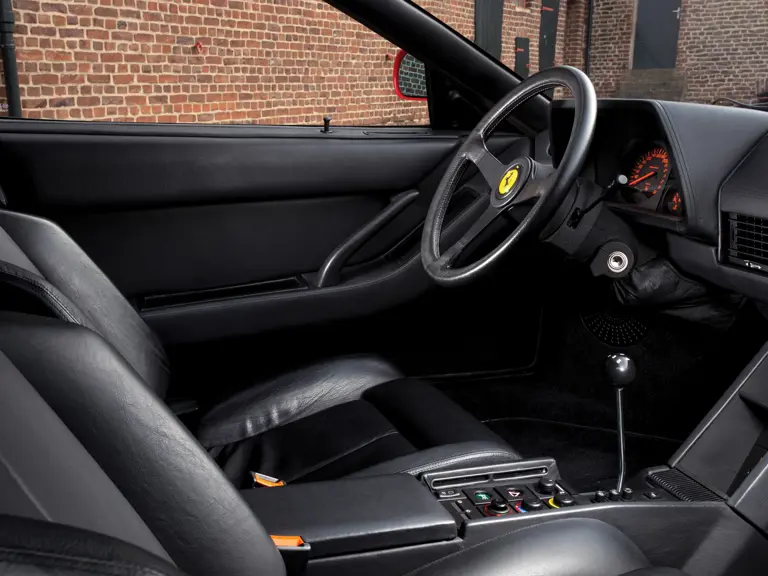
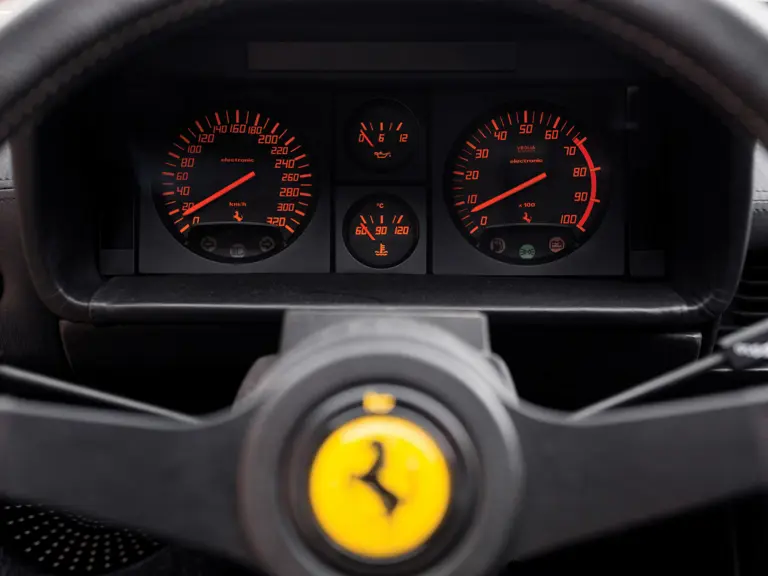
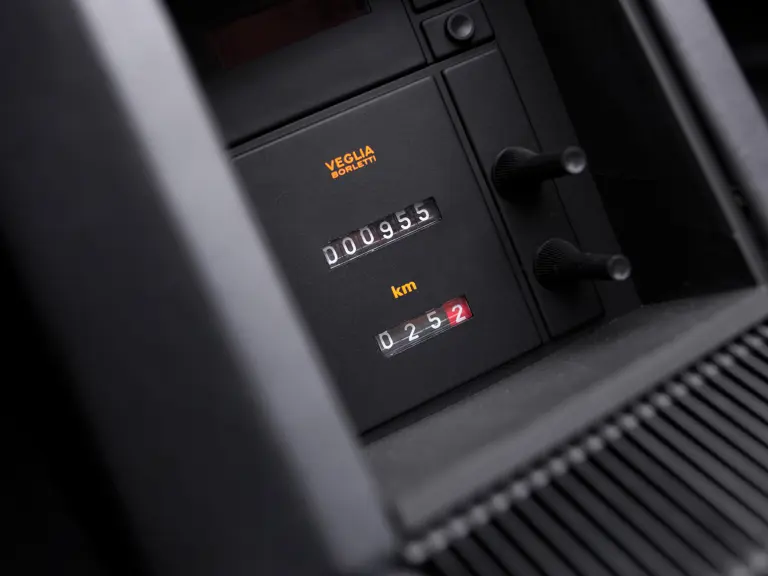
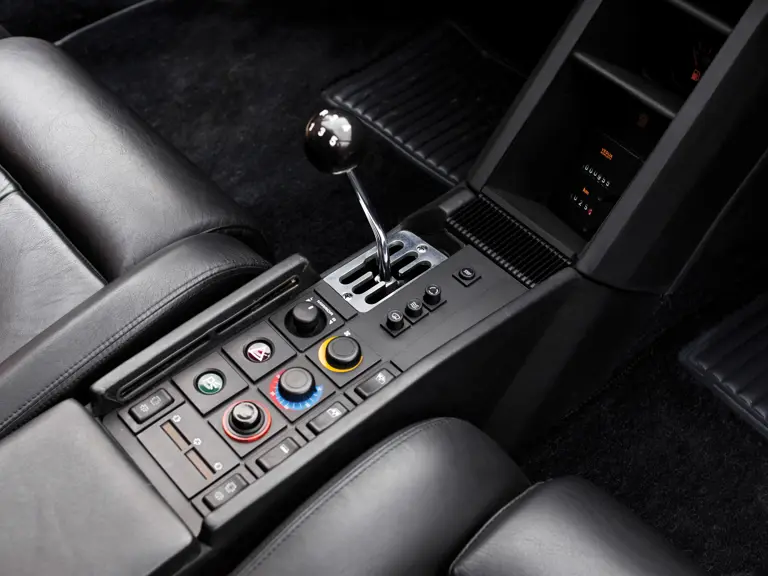
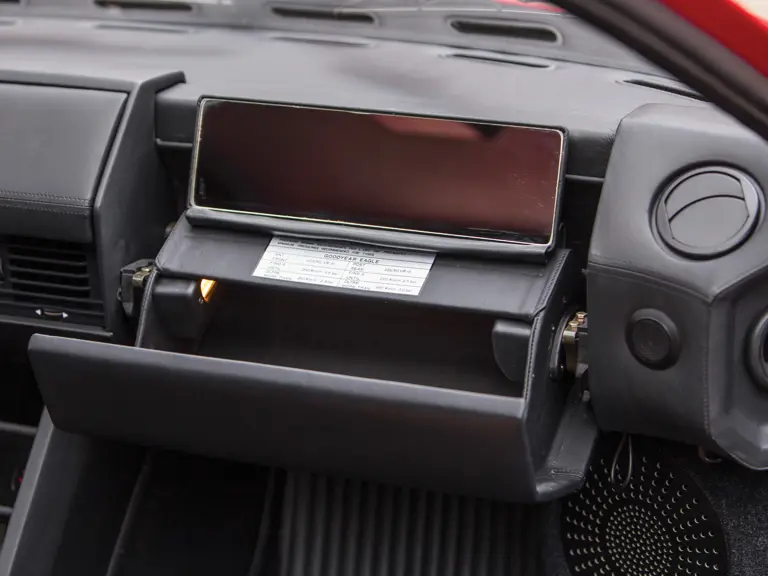
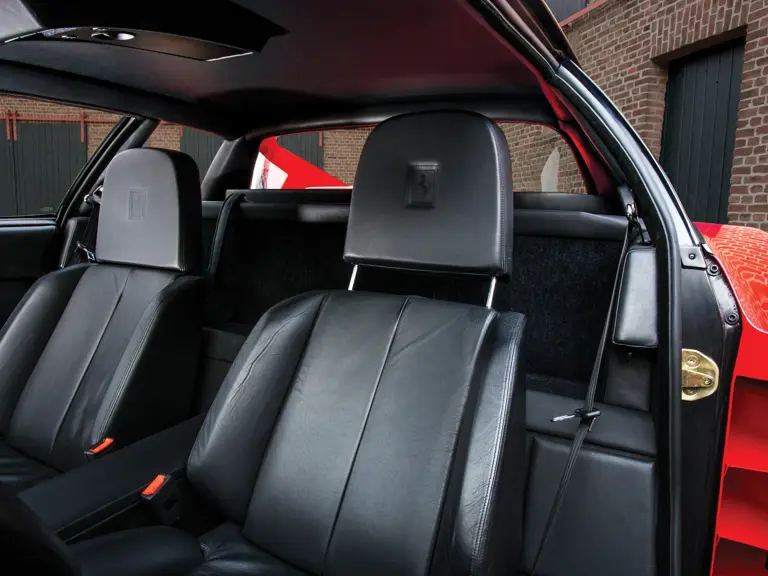
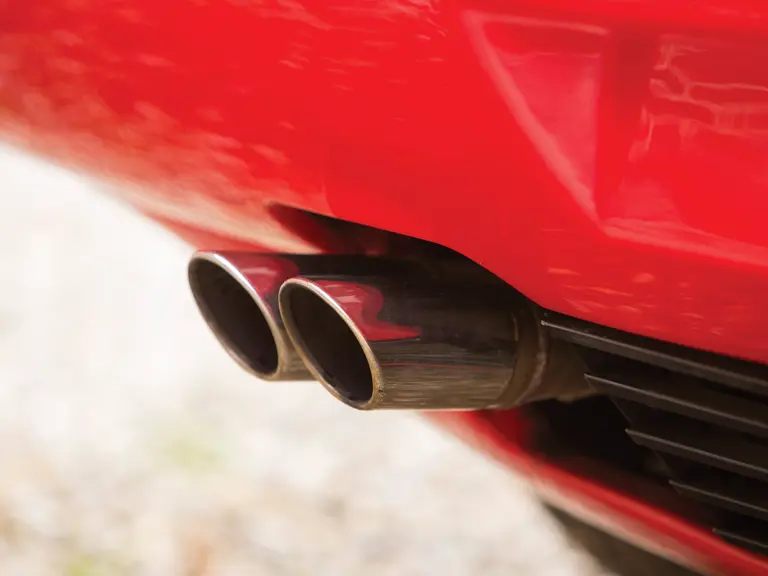
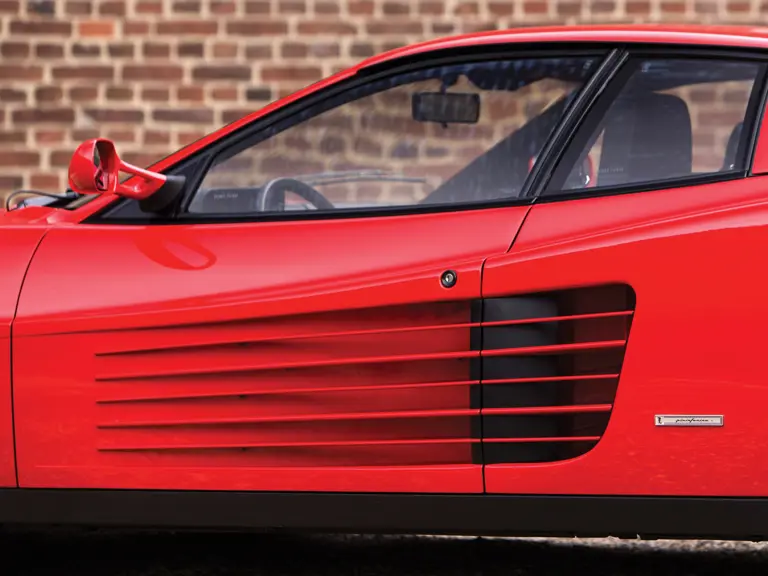


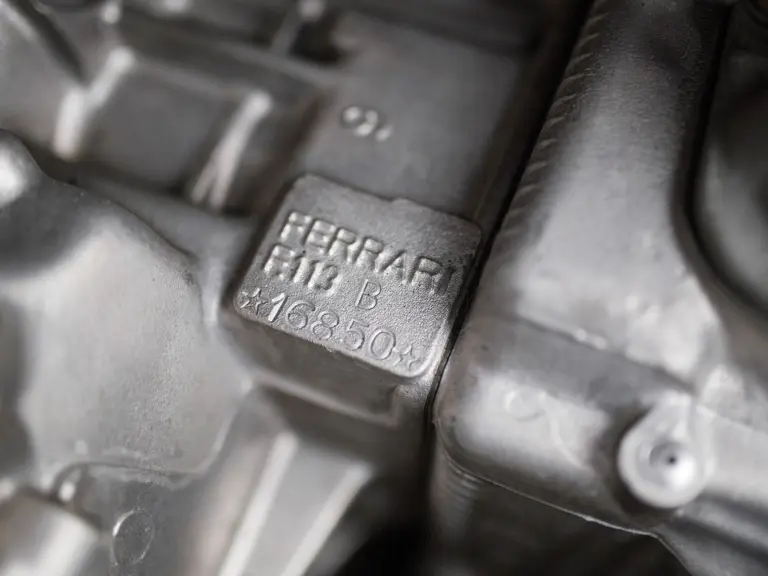
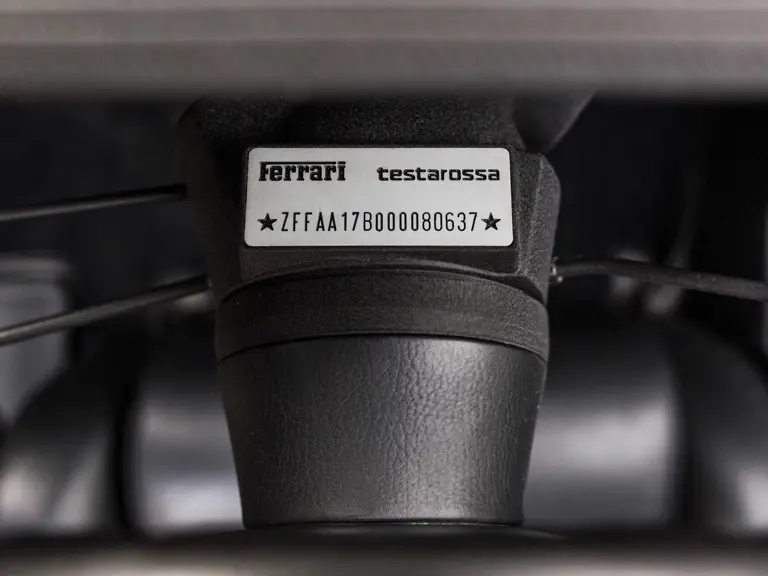
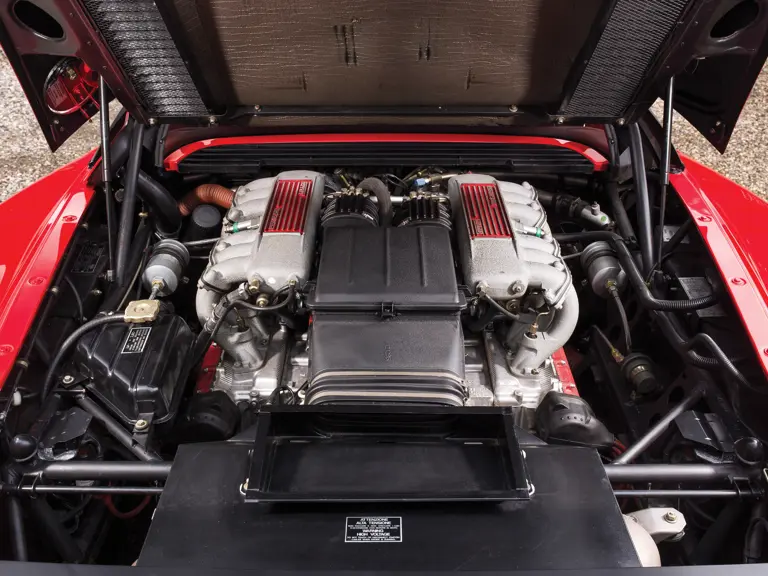
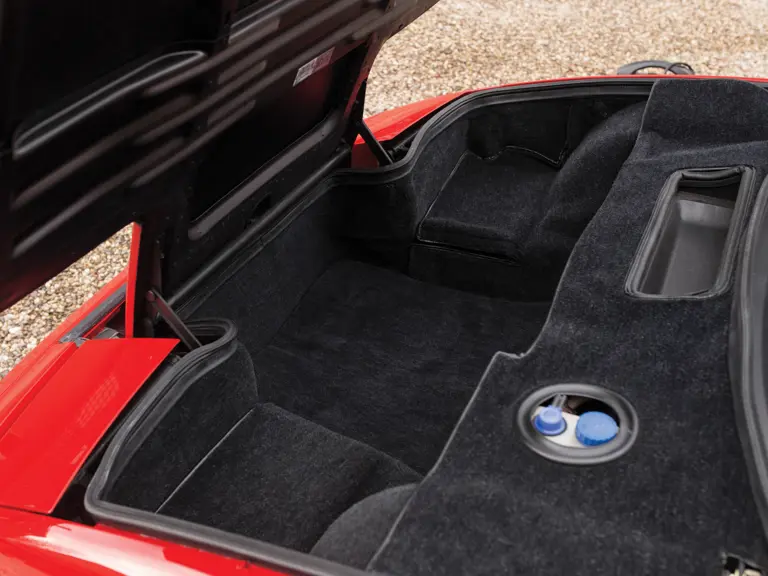
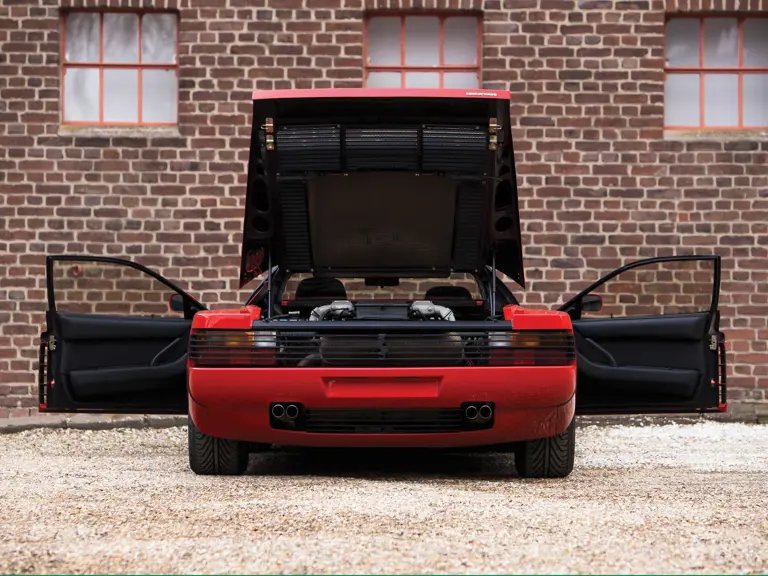
 | Paris, France
| Paris, France
